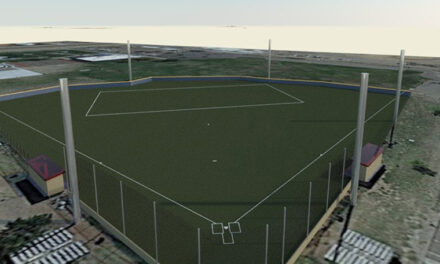Fly of the week – The Stimulator
This versatile fly works across New Mexico from high country streams and rivers to warmwater lakes. It is a large fly that resembles a variety of insects that fish love to eat. The Stimulator fly shares similarities with insects such as grasshoppers, stoneflies, moths, butterflies and other large terrestrial insects.
If you notice an abundance of large insects when fishing, then try the Stimulator fly.
When using the Stimulator fly, the presentation of a large insect is sometimes just too enticing for some trout to pass even when there are not a lot of large insects hatching at any given time. So, it is always worth a try.
Another popular use for the Stimulator fly when fishing for trout is as a strike indicator with a smaller subsurface fly positioned beneath the Stimulator fly. The smaller fly is called a “dropper.”
To create a dropper setup, you first tie a Stimulator fly to the end of your fishing line. Next, tie about two-feet (more for deeper water) of leader to the hook of your Stimulator fly. At the end of the leader, tie on a subsurface fly. Generally good choices for subsurface flies are Pheasant Tail, Copper John, Golden Hares’ Ear, Red Annelid and various midge patterns. The idea is that if a fish bites your subsurface dropper fly, you will notice the movement of your Stimulator fly, similar to how a common bobber works.
With a dropper setup you are fishing two flies at once, the Stimulator on the surface and the dropper subsurface. Using floatant on your Stimulator fly is very important and will greatly improve the fly’s ability to stay afloat while working as a strike indicator and dry fly simultaneously.















